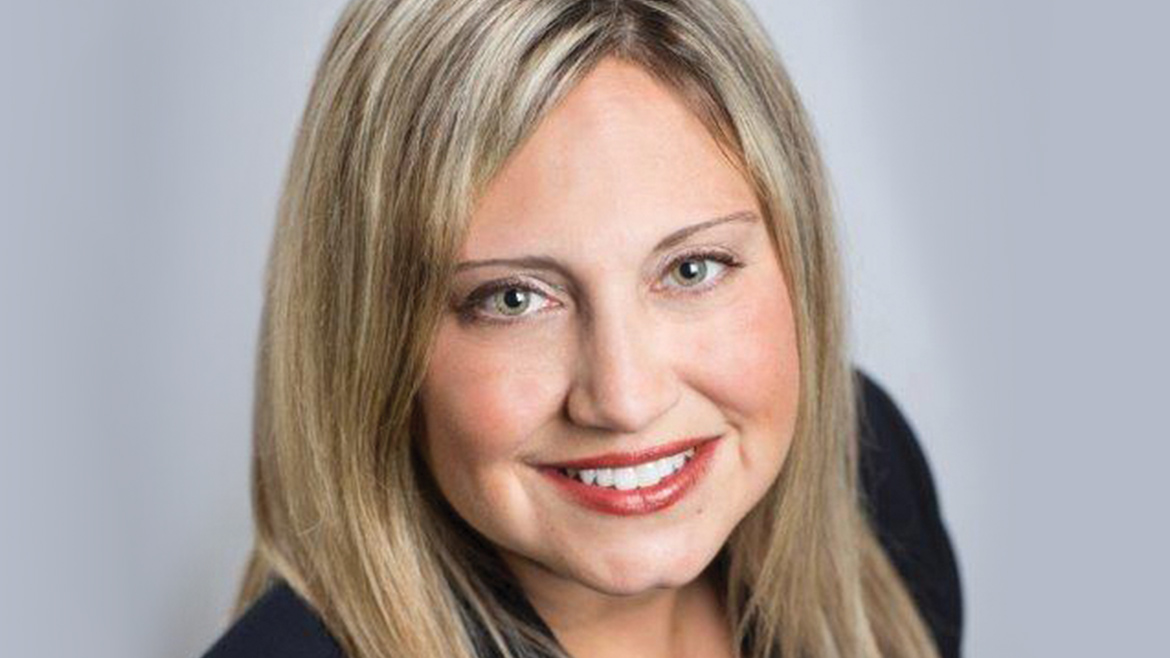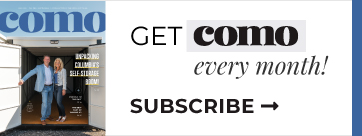Michelle Baumstark, Community Relations Director, Columbia Public Schools

- What’s the biggest challenge of your job? The biggest challenges in my job, and in public relations in general, are being prepared for anything and playing devil’s advocate. I often have to view issues that may impact our district, schools, students, faculty, and staff through different lenses. Whether it’s sharing information or advising leaders on different perspectives, it can be hard, especially when the topic is polarizing. It’s my job to have a communication plan that includes many strategies to reach a wide variety of audiences while also anticipating what people want to know and when they’ll want that information.
2. How did your background in journalism prepare you for your current position? I use the skills I learned at the MU School of Journalism daily. Everything I learned can be applied to my current role in community and public relations. One of the big questions journalists and editors ask is “Who cares?” My experience helps me anticipate when something is newsworthy, what reporters will need to put together a good story, and additional angles to make the story unique. Having a background in the field also helps to build rapport with reporters, from our regulars to the army of student reporters we have in our community. I enjoy visiting with the new reporters each semester and try to make time for each one, whether the story’s just for class or for publication.
- You’ve been in this position since 2005. How has it changed, if at all, over the years? There have been a lot of changes not only in how my department functions, but also in the field of community and public relations. The biggest change is how technology has impacted the speed with which it’s necessary to communicate. Backpack mail from your child at the end of the day is no longer fast enough. It has to be texted or posted online in some fashion, and it has to be instant. This has also impacted news media cycles. The press release is dead. It’s not useful in the same way it was 10 years ago, when there was a specific news cycle or you waited for your print newspaper to arrive in the morning or evening. Now news is 24/7 and it’s everywhere. I rarely waste time on press releases, unless there’s a lot of data to communicate. A quick email or phone call with the five Ws to a media contact is enough. Journalists can’t use press release quotes anyway, so an actual interview with the source or a content expert is always better.
- How are snow day determinations made, and is there a certain “weather window” you use? Ah, the dreaded snow day. The day nobody in administration can win. You’re a moron if you call school off, you’re a moron if you don’t. Believe it or not, there is an amazing amount of effort, gathering of information, and deliberation that goes in to determining if there should be a snow day or a delayed start. Every decision made is done so with the safety of our students and staff in mind. If we can go to school safely, we will, but if conditions suggest otherwise, we’ll put safety first. The first factor to consider is the size and makeup of our district — CPS is 300 square miles of city streets, county roads, gravel roads, and highways. All of those come with different challenges. The timing of when weather will arrive is also a factor. We look at temperatures current, predicted, and past; wind chill; wind speed; previous precipitation; and preexisting conditions, among other elements. We actually have a team of employees that get up in the middle of the night and drive some of our more challenging routes to help determine exact conditions. All of this culminates into a deliberation and discussion among the snow team members and district administration. I have a decision deadline of 5:45 a.m. in order to make the 6 a.m. news. If we can call earlier, we will. The funny thing is that it’s weather — we can’t control it, it can be unpredictable, and forecasts can be wrong. We do the best with what we’re dealt.
- What guiding principles or values help you perform your duties? Honesty and transparency. It may not always be what people want to hear or how they want to hear it, but it builds trust. Just as journalists have a code of ethics to adhere to, public relations professionals also have a code of ethics and a code of conduct that includes values such as advocacy, fairness, and objectivity. That helps preserve the integrity and the process of communication and informed decision-making.
- How do you keep up with the latest trends in public school communications? Aside from keeping up with current events, I also have amazing networks of professionals that I can turn to for best practices, new trends, or professional development. These include the Missouri School of Public Relations, the state chapter of National School Public Relations Society, and the Mid-Missouri chapter of the Public Relations Society of America. I’ve been fortunate to have served in leadership roles for both those organizations.
- Is there a set protocol for handling crisis situations like active shooters, and are communications handled differently with perceived threats than other public announcements? Yes, we have protocols and processes we follow when dealing with a crisis, but we also have to be flexible and adjust quickly because each situation is unique. The most important part of any crisis is maintaining the safety for all those involved. Once we have a handle on safety issues, we can begin communicating and sharing information. We have good relationships with law enforcement and emergency operations officials, which allows us to work quickly together. We also conduct drills and table-top exercises to make sure everyone knows what to do. Time is a critical component during a crisis, so you have to be skilled and know what you’re doing in order to act quickly. Following a crisis, it’s also important to review what happened and how plans were executed. It allows you to make improvements and adjustments should a similar situation occur in the future.
- Are there instances when the public should reach out to you? Can you provide examples of when community members have provided valuable information in a reciprocal way? Absolutely. Good engagement and communication is a two-way process. We need public input to be better and to ensure we’re addressing the needs and expectations of our community. Input from all sides allows for more informed decision-making. Dialogue is paramount, especially when the decision will have a large impact on the community as a whole. A wonderful example is our World Café events. The events are held in order to gather community input to better inform a decision-making process. We’ve used World Café feedback to build our long-range facility plan, determine transportation needs, determine bond and levy requests, address the achievement gap, and talk about many other important issues in the district. Discourse and discussion is key to making decisions that reflect your community’s needs and expectations.
- What is the best way for parents to stay informed about CPS news? If you’re a parent, you automatically receive phone, text, and email messages from the school and the district (unless we have bad contact information). Please make sure to keep your contact information up-to-date with your child’s school. Download our free mobile app. Search for Columbia Public Schools in iTunes or GooglePlay. Follow news our website, www.cpsk12.org, or on your child’s school web site.
- Do you have any funny work stories? The fast-paced environment and multi-tasking in this job can be very stressful at times. In my department, we try not to take ourselves too seriously or we’d probably lose our minds. Laughter is the best cure and we do a lot of that. Part of the job is, of course, visiting with the public, including walk-in traffic. We’ve had visits from a ventriloquist, a medieval knight, and a Roswell alien theorist, among others. Those types of visits certainly make the day interesting and fun. The visitors also aren’t always people. My office used to be next to the science department, when we were located on Vandiver Drive. Their iguana used to escape quite often and sneak up on me in my office. That’ll give you a good scare. (He’s quite stealthy.) My colleague even went so far as to make a bed for it in my office so he’d have somewhere to hang out — we hoped that would discourage him from swinging from the blinds in my office window.


